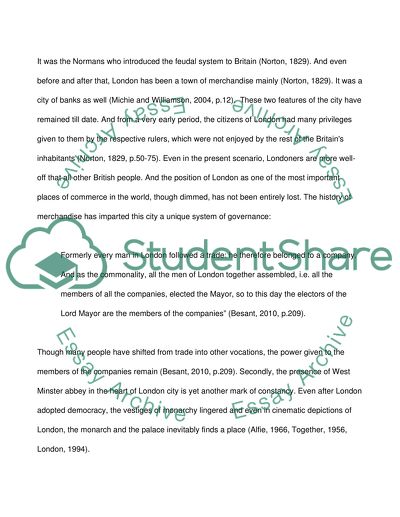Cite this document
(“Elements of change and continuity in the history of London and its Essay”, n.d.)
Retrieved de https://studentshare.org/visual-arts-film-studies/1390659-elements-of-change-and-continuity-in-the-history-of-london-and-its-cinematic-representation
Retrieved de https://studentshare.org/visual-arts-film-studies/1390659-elements-of-change-and-continuity-in-the-history-of-london-and-its-cinematic-representation
(Elements of Change and Continuity in the History of London and Its Essay)
https://studentshare.org/visual-arts-film-studies/1390659-elements-of-change-and-continuity-in-the-history-of-london-and-its-cinematic-representation.
https://studentshare.org/visual-arts-film-studies/1390659-elements-of-change-and-continuity-in-the-history-of-london-and-its-cinematic-representation.
“Elements of Change and Continuity in the History of London and Its Essay”, n.d. https://studentshare.org/visual-arts-film-studies/1390659-elements-of-change-and-continuity-in-the-history-of-london-and-its-cinematic-representation.


